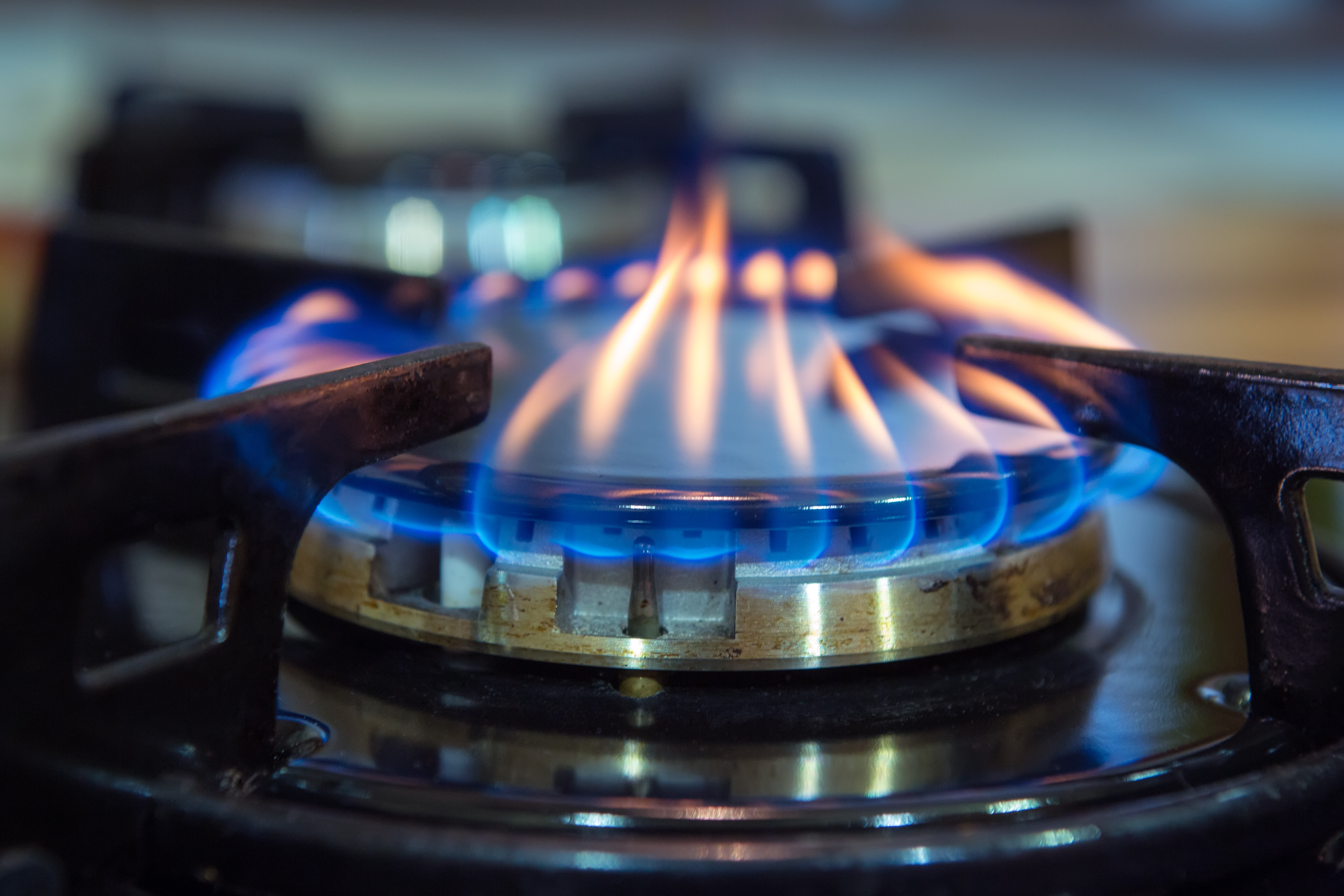Combustion pollutants
Combustion products are produced when something burns. Major indoor combustion pollutants include carbon monoxide (CO), nitrogen dioxide (NO2), polycyclic aromatic
 hydrocarbons (PAHs), and both fine (PM2.5) and ultrafine particles (UFP). These pollutants result from burning-related activities in the home, including gas appliances and stoves, grills, motor vehicles running in attached garages, and the burning of wood, candles, tobacco, marijuana, and incense. Combustion products can also move indoors from outdoor air.
hydrocarbons (PAHs), and both fine (PM2.5) and ultrafine particles (UFP). These pollutants result from burning-related activities in the home, including gas appliances and stoves, grills, motor vehicles running in attached garages, and the burning of wood, candles, tobacco, marijuana, and incense. Combustion products can also move indoors from outdoor air.
The two strategies for reducing exposure to combustion products in homes are source control (to reduce the amount of pollutant produced) and improved ventilation (to remove any existing pollutants from the home).
Source Control
Avoid operating fuel-burning unvented space heaters. Take special precautions if you must do so.
- Use proper fuel and keep heater properly adjusted (avoid yellow-tipped flame).
- Open a door from the room where the heater is located to the rest of the house and open a window slightly.
Install and use exhaust fans over gas cooking areas and exhaust gas fireplaces to the outside. Keep all burners properly adjusted.
- Use a stove hood with a fan vented to the outdoors.
- Check that flames in gas stoves are properly adjusted (avoid yellow-tipped flame).
- Use new stoves that rely on pilot-less ignition to prevent continuous gas burning.
- Never use a gas stove to heat your home.
- Always confirm the flue in your gas fireplace is open when it in use.
Use proper manufacturer guidelines to minimize woodstove emissions. New stoves should have EPA emission certification.
- Doors in old woodstoves should be tight-fitting.
- Use aged or cured (dried) wood only.
- Do not burn pressure-treated wood – it releases toxic gases.
- Follow the manufacturer's directions for starting, stoking, and putting out the fire.
Increasing Outdoor Ventilation
Using ventilation to reduce indoor air pollutants increases the amount of outdoor air brought inside. (Note that most residential central forced-air heating and air-conditioning systems do not bring in any outdoor air, but just recirculate indoor air.) However, if outdoor air is polluted, as in some urban areas, bringing in more outdoor air may add additional pollutants indoors. A decision on whether to open windows (or increase ventilation by a central mechanical ventilation system) depends on the need to ventilate the indoors and, to some extent, the outdoor air quality. Very often the most effective way to improve indoor air quality is to eliminate individual pollutant sources or reduce their emissions, rather than to increase outdoor air ventilation.
More information
The California Air Resource Board has general information about combustion pollutants and
specific information about combustion products in your home.
The
US EPA has further information on combustion products and indoor air quality, as does the
World Health Organization.